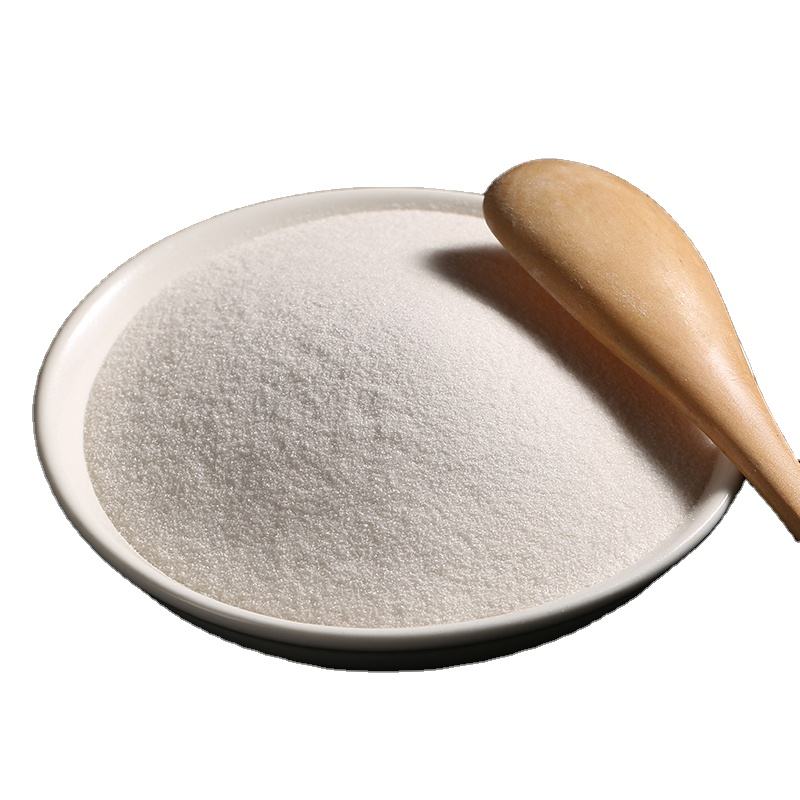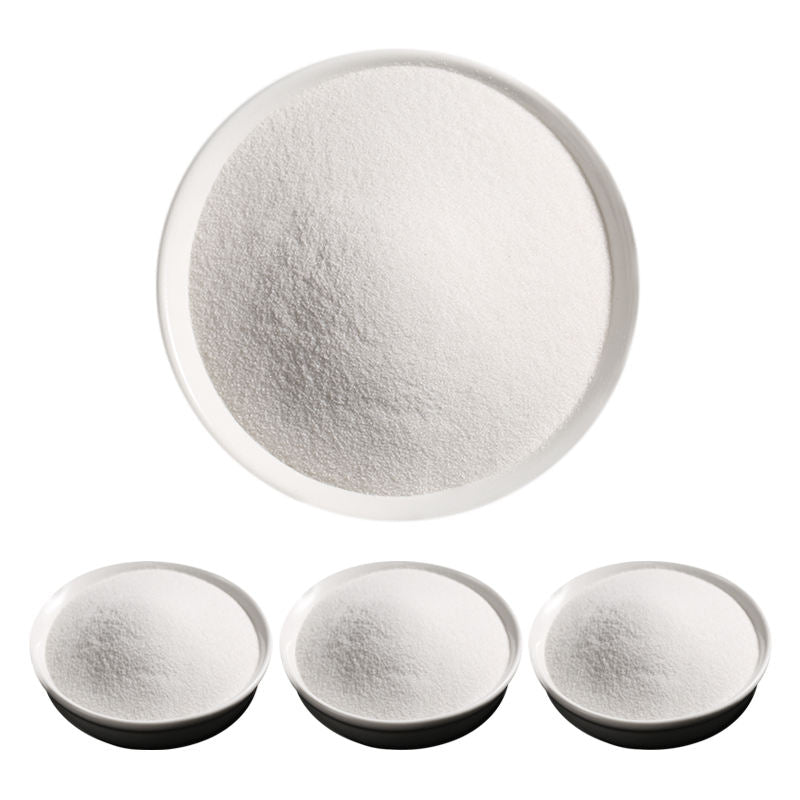Granular Starch
Granular Starch
Granular starch refers to starch in its native, unmodified form, consisting of intact granules derived from plant sources such as corn, potato, wheat, tapioca, or rice. Granular starch has distinct granule structures and properties, which make it suitable for various applications in the food industry and beyond.
Product Description:
Granular starch appears as a fine powder composed of individual starch granules. The size, shape, and characteristics of the granules vary depending on the plant source. Cornstarch, for example, typically consists of relatively large and smooth granules, while potato starch granules are smaller and irregularly shaped. The granules are insoluble in cold water and require heat and moisture to undergo gelatinization and become fully functional.

Applications in the Food Industry:
Granular starch is widely used in the food industry due to its thickening, gelling, and texturizing properties. Here are some common applications:
Thickening Agent: Granular starch acts as a thickening agent in various food products, including sauces, soups, gravies, and pie fillings. When heated in the presence of liquid, the starch granules absorb water, swell, and release starch molecules, resulting in thickened consistency.
Bakery and Confectionery: Granular starch is used in baking applications to enhance texture and moisture retention in cakes, cookies, bread, and pastries. It can also be used as a dusting agent to prevent sticking during dough rolling and shaping.
Puddings and Custards: Granular starch is commonly used in the production of puddings, custards, and other desserts. When heated, the starch granules absorb liquid, forming a gel-like consistency and providing the desired smooth and creamy texture.
Meat and Poultry: Granular starch is used as a binding agent in processed meat and poultry products, such as sausages, meatballs, and nuggets. It helps improve texture, juiciness, and overall quality.
Coating and Breading: Granular starch can be used as a coating or breading ingredient to create a crispy outer layer on fried or baked food items, such as chicken tenders, onion rings, or fish fillets.
Noodles and Pasta: Granular starch can be incorporated into noodle and pasta formulations to enhance texture, improve cooking properties, and prevent sticking.
Beyond the food industry, granular starch may also find applications in industries such as paper, textiles, adhesives, and pharmaceuticals.
Granular starch offers functional properties that contribute to the texture, stability, and quality of various food products. Its ability to gelatinize and form a thickening or gelling structure makes it a valuable ingredient in a wide range of culinary and food manufacturing applications.








